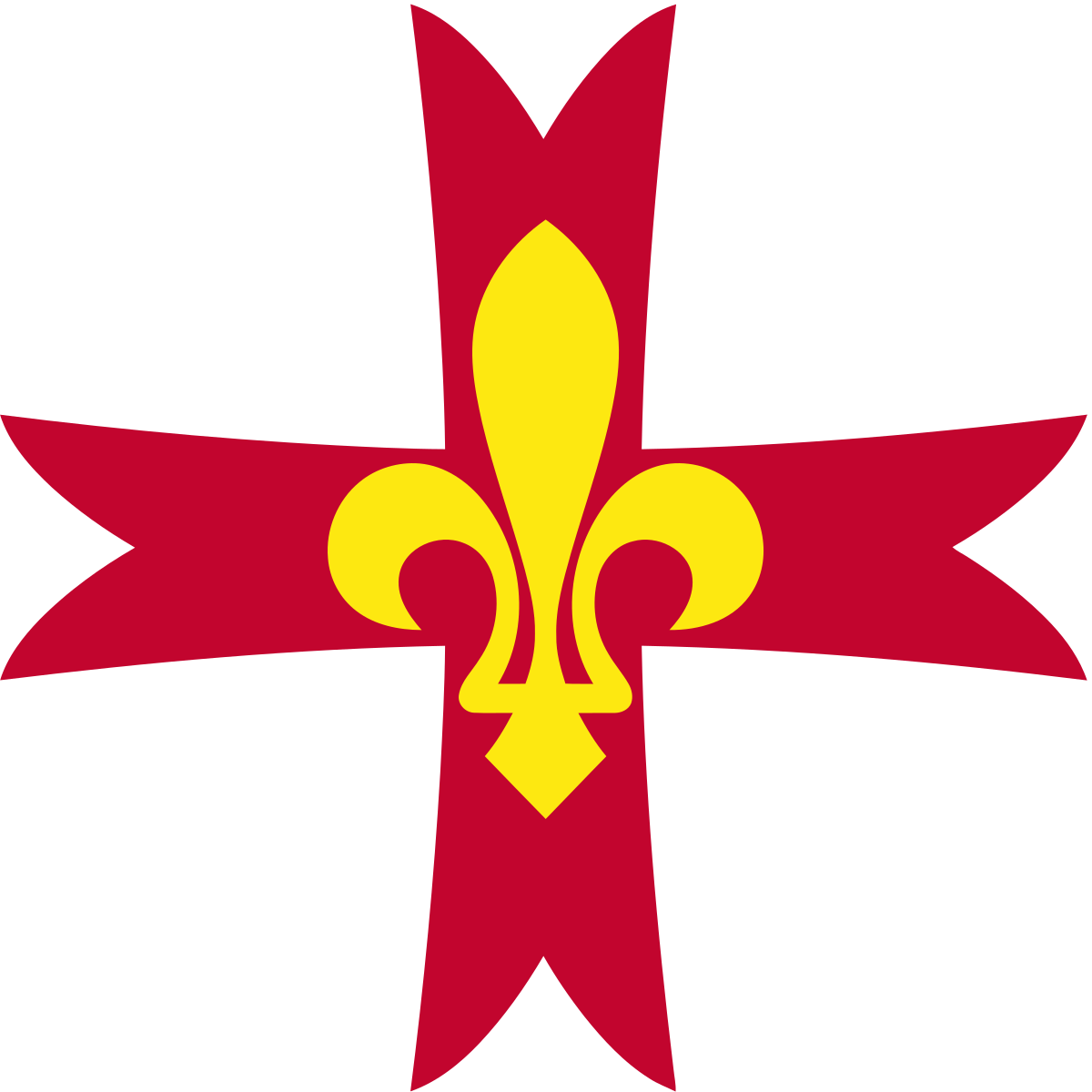Varicose veins are a typical condition that affects millions of mansplus individuals worldwide. These bigger, twisted capillaries usually show up blue or purple and are most commonly seen in the legs and feet. While varicose capillaries are typically harmless, they can in some cases create pain and result in much more severe problems if left without treatment. This post aims to supply an extensive understanding of varicose veins, including their causes, signs and symptoms, and available treatment options.
What Causes Varicose Veins?
Varicose veins occur when the valves within bangsize allegro the veins become damaged or damaged, causing blood to build up and pool as opposed to moving appropriately. Several factors contribute to the growth of varicose capillaries, consisting of:
- Age: The danger of establishing varicose blood vessels boosts with age, as the blood vessels shed elasticity with time.
- Genetics: Family members background plays a substantial duty in varicose vein advancement. If your parents or close relatives have varicose blood vessels, you are more probable to establish them as well.
- Gender: Ladies are more prone to varicose blood vessels than males, primarily due to hormonal adjustments while pregnant and menopause.
- Pregnancy: Hormonal modifications and enhanced blood quantity during pregnancy can cause the enhancement of blood vessels.
- Excessive weight: Extreme weight puts extra pressure on the veins, boosting the risk of varicose blood vessel development.
- Extended sitting or standing: Jobs or activities that include long periods of sitting or standing can impede appropriate blood circulation, leading to varicose capillaries.
- Various other elements: Problems such as deep blood vessel thrombosis, previous leg injuries, and specific clinical conditions can additionally add to varicose capillary development.
Acknowledging the Signs of Varicose Veins
Varicose blood vessels are not constantly gone along with by recognizable signs. However, some individuals may experience discomfort and problems connected with this condition. Usual signs of varicose veins consist of:
- Aching, throbbing, or cramping in the legs
- Itching or a feeling of thickness in the afflicted area
- Swollen ankle joints or feet, specifically after long term durations of standing
- Bulging and turned veins that are easily visible
- Skin discoloration or abscess near the influenced veins
If you are experiencing any of these symptoms or have issues regarding your blood vessels, it is recommended to consult a healthcare expert for a proper diagnosis.
Therapy Options for Varicose Veins
While varicose blood vessels are usually safe, some people might seek treatment for aesthetic reasons or to relieve pain. The choice of treatment depends on the seriousness of the problem and the signs experienced.
1. Way of life Adjustments: In light cases, lifestyle alterations can assist take care of varicose capillaries. These may include normal exercise, preserving a healthy and balanced weight, staying clear of long term standing or resting, and elevating the legs whenever feasible.
2. Compression Stockings: Compression stockings or socks are frequently suggested to supply assistance to the blood vessels and improve blood circulation. These garments apply mild pressure and can assist minimize signs and symptoms.
3. Sclerotherapy: This non-surgical treatment includes infusing a remedy right into the affected blood vessels, creating them to collapse and discolor with time. Sclerotherapy is a popular therapy for smaller varicose capillaries and spider veins.
4. Endovenous Ablation: Using laser or radiofrequency energy, endovenous ablation targets and seals the afflicted veins, redirecting blood circulation to healthier capillaries. It works in treating bigger varicose veins.
5. Capillary Stripping: Blood vessel stripping is a procedure that includes removing or connecting off the impacted blood vessels via tiny incisions. This therapy is generally booked for serious situations or when various other therapies have actually stopped working.
Preventing Varicose Veins
While it might not constantly be possible to prevent varicose blood vessels entirely, certain lifestyle modifications can minimize the danger of their growth. Think about the following preventative actions:
- Participate in routine physical activity to boost blood circulation and strengthen leg muscles.
- Preserve a healthy weight to decrease pressure on the blood vessels.
- Stay clear of sitting or meaning extended durations. Take breaks and move regularly.
- Elevate your legs whenever possible, especially after long periods of resting or standing.
- Use compression stockings or socks as recommended by a health care expert.
Final Ideas
Varicose blood vessels can be an aesthetic problem or trigger pain for some people. While they are usually safe, it is important to identify their presence and seek medical suggestions if needed. By understanding the causes, symptoms, and readily available treatment alternatives, individuals can make informed choices to handle varicose capillaries effectively. Furthermore, integrating safety nets right into your day-to-day routine can help in reducing the danger of developing varicose veins in the first place.
